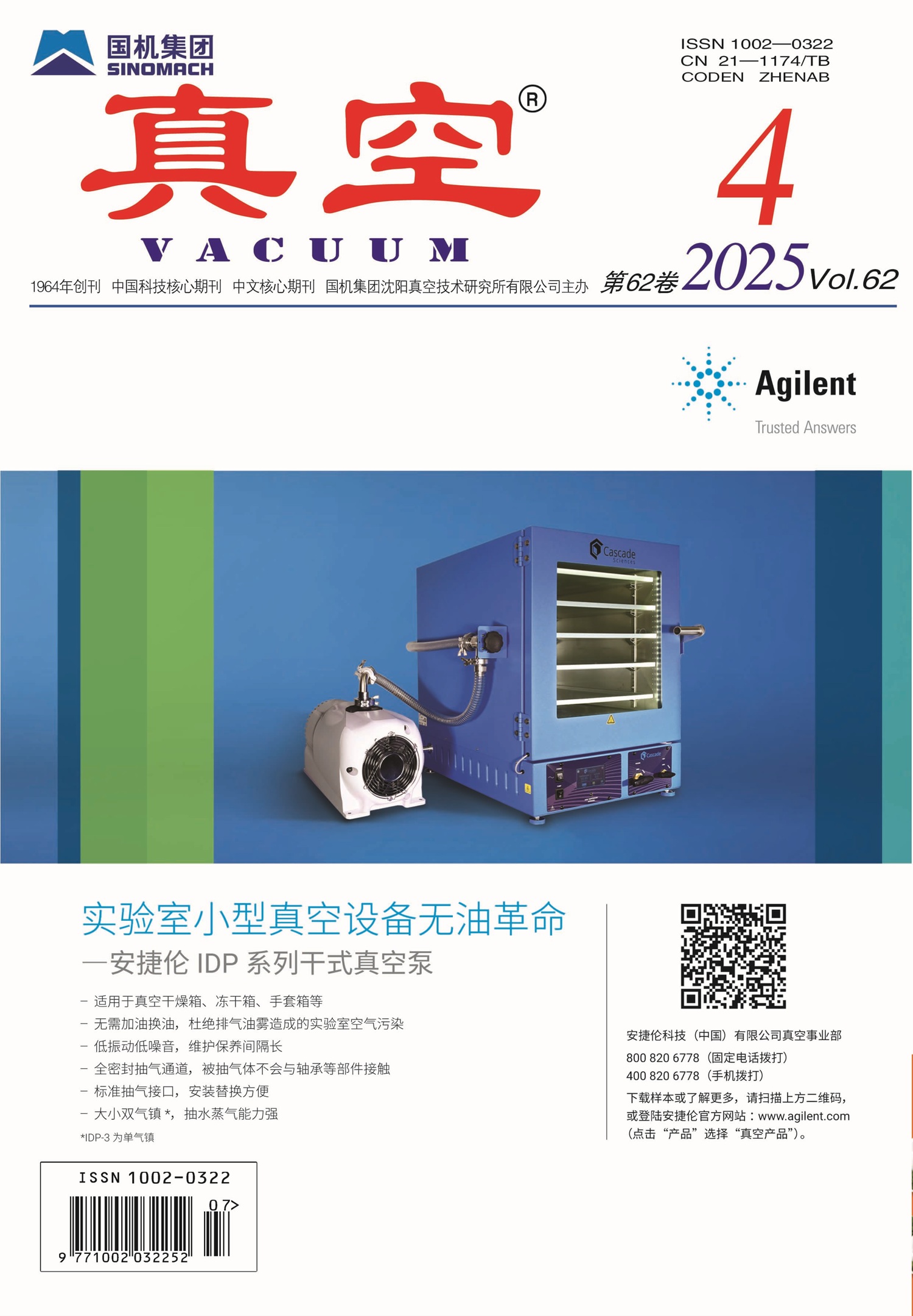|
|
Research Progress of Surface Treatment Technology on Fatigue Properties of Titanium Alloy
WANG Di, LIN Song-sheng, LIU Ling-yun, YANG Hong-zhi, JIANG Bai-ling, XUE Yu-na, ZHOU Ke-song
VACUUM. 2019, 56 (6):
36-42.
DOI: 10.13385/j.cnki.vacuum.2019.06.07
For titanium alloy defects, such as low surface hardness, poor wear resistance, high temperature oxidation, etc., the selection of appropriate surface modification technology can improve it. Because titanium alloy is very sensitive to fatigue performance, it has a great influence on its fatigue resistance after surface treatment. This paper summarizes various methods of surface modification of titanium alloy, such as electroplating, electroless plating, thermal spraying, laser processing, anodizing, micro-arc oxidation, physical vapor deposition technology and so on. According to the fatigue fracture state of titanium alloy and the characteristics of surface modification technology, the influence of the application of coating preparation technology, materials selection and structure design on the fatigue properties of titanium alloy matrix was discussed. The effect of coating on fatigue fracture process and the deformation mechanism of crack initiation/expansion were analyzed and summarized. The research trend of coating materials and structure in the future was prospected. This paper may provide reference for the preparation of high-strength, friction-resistant and surface-modified coatings that do not impair the fatigue properties of titanium alloy substrates.
References |
Related Articles |
Metrics
|

 Table of Content
Table of Content
 Table of Content
Table of Content